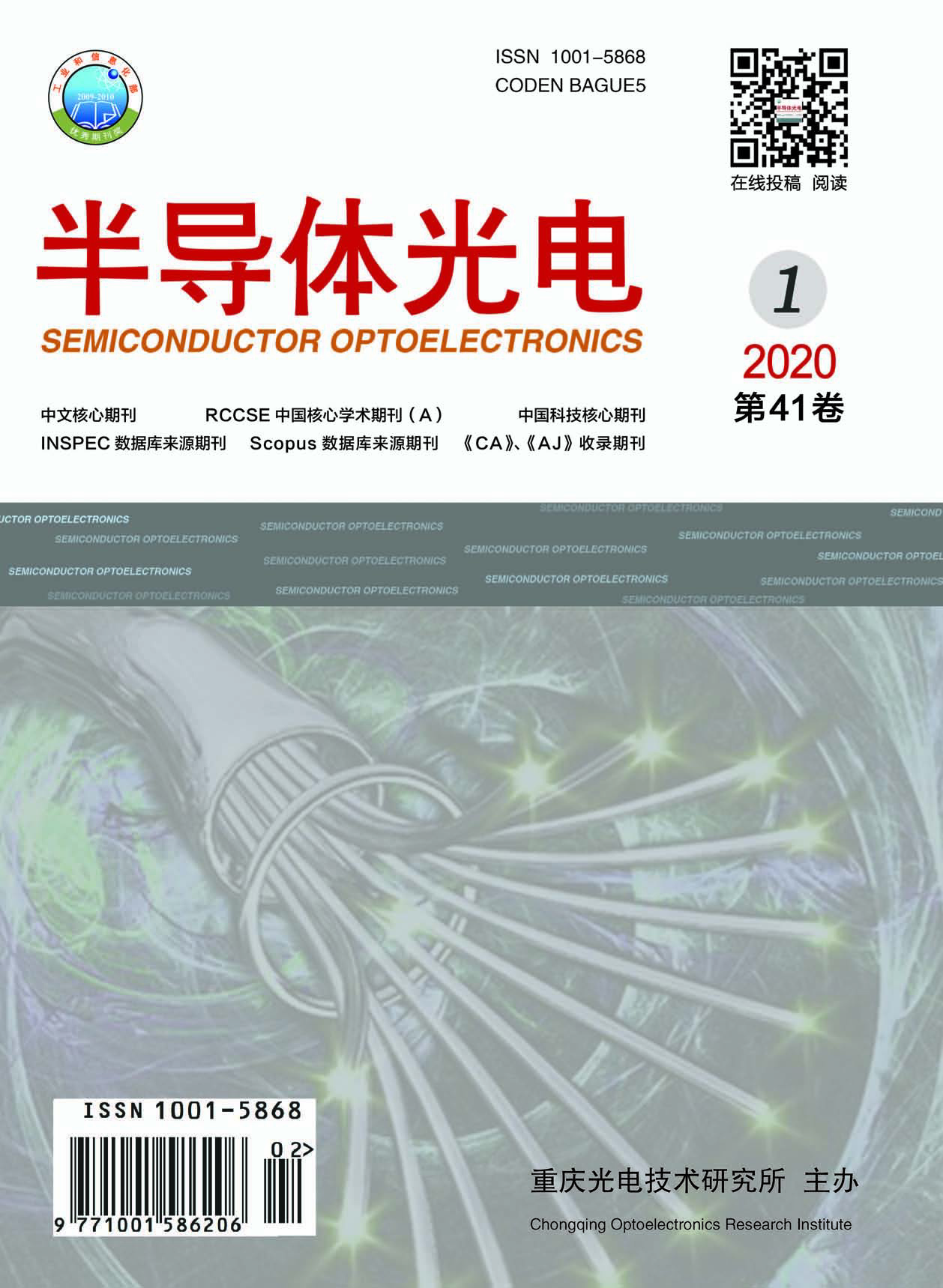半导体光电, 2020, 41 (1): 108, 网络出版: 2020-04-13
基于像元纯净指数的多端元提取算法
Multiple Endmember Extraction Algorithm Based on Pixel Purity Index
高光谱图像 多端元提取 端元光谱变异 空间信息 像元纯净指数 hyperspectral imagery multiple endmember extraction endmember spectral variability spatial information pixel purity index
摘要
针对传统单端元提取方法不能描述端元变异、限制混合像元分解精度的缺点, 提出一种基于像元纯净指数的多端元提取算法(Multiple Endmember Extraction Algorithm Based on Pixel Purity Index, PPI-MEE)。首先将图像划分为不重叠的图像块, 并分别利用改进的PPI算法提取候选端元集, 然后利用候选端元的邻域像元光谱信息对候选端元进行优化和精选。最后, 对优化精选后的端元集分类得到每类地物的多端元光谱集。仿真数据和真实高光谱数据的实验结果表明, 提出的多端元提取策略具有表征遥感图像中端元光谱变异的能力, 能够提高端元提取精度和混合像元分解精度。
Abstract
Traditional endmember extraction method usually ignores the endmember spectral variability, and extracts only one single endmember spectrum for each scene components,which results in poor accuracy of estimated fractions. Thus in this study, a pixel purityindex based multiple endmember extraction approach is proposed. Firstly, the theoriginal hyperspectral image was divided into some non-overlapping image blocks and the improved pixelpurity index algorithm was run on each image block to extract candidate endmembers. Then, the local spatial-spectral information of candidate endmembers is used to refine and select the final endmember bundles from the candidate endmember set. Finally, the endmember set was grouped in terms of metric of spectral similarity. Both simulation and real hyperspectral image data demonstrate that the proposed multiple endmember extraction algorithm is effective to account for endmember variability, and the endmembers extracted by the proposed algorithm are more accurate than the state-of-the-art single endmember extraction algorithms.
杨华东, 许楠, 郝永平. 基于像元纯净指数的多端元提取算法[J]. 半导体光电, 2020, 41(1): 108. YANG Huadong, XU Nan, HAO Yongping. Multiple Endmember Extraction Algorithm Based on Pixel Purity Index[J]. Semiconductor Optoelectronics, 2020, 41(1): 108.



